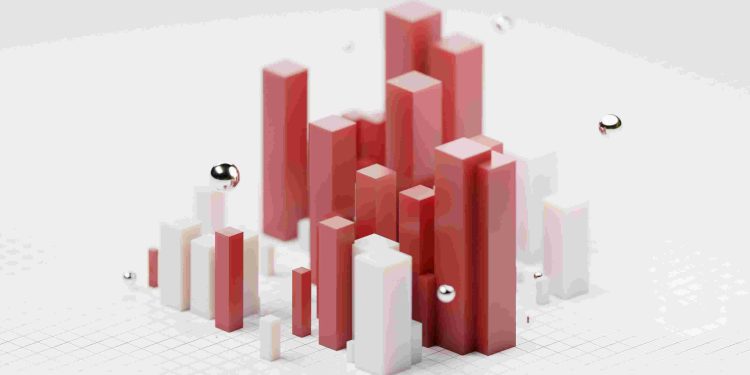Current Trends Rating Analysis
What if everything you think you know about success is wrong?
It’s a provocative question that serves as a springboard for exploring the forces that shape modern ratings, trends, and human behavior in our rapidly evolving world. From social influencers to artificial intelligence, the dynamics of trend analysis are reshaping industries and rewriting conventional wisdom.
In my early days as a marketing analyst, I thought mastering trend forecasting was simple: collect data, interpret customer preferences, and design strategies based on historical performance. But I soon realized that trends don’t merely emerge from numbers—they materialize from a complex interplay between psychology, technology, and culture.
Challenging the Status Quo
Traditionally, ratings and trends have relied heavily on backward-looking metrics. Analysts have long leaned on historical data to predict the future, assuming past behavior remains a reliable indicator. But in an age of technological disruption and hyperfast communication, this approach is increasingly deficient. Patterns that once took years to form now evolve in mere months—or even weeks.
Take, for instance, the explosive rise of TikTok. A platform that seemingly defied logic became the epicenter for cultural trends, eclipsing sites that had dominated the social media landscape for a decade. What fueled its success was not just the algorithmic magic but also the human craving for instant validation and micro-entertainment, concepts rooted in behavioral psychology.
Interdisciplinary Insights: Philosophy, Technology, and Business
Renowned philosopher Friedrich Nietzsche once said, “One must still have chaos in oneself to give birth to a dancing star.” This quote encapsulates the unpredictable nature of trends today. Chaos—be it disruptions in AI advancements, economic volatility, or shifts in cultural norms—has become the birthplace of innovation.
In the realm of technology, the rise of machine learning exemplifies how interdisciplinary thought is imperative. Machine learning doesn’t just observe trends; it anticipates them, dynamically adapting based on real-time data. Businesses tapping into this technology must now embrace fluidity over rigidity and creativity over convention.
Ratings as Social Judgment: A Psychological Perspective
Ratings are no longer just numbers—they represent societal approval or disapproval. Psychologist Daniel Kahneman’s research on decision-making teaches us that humans are deeply influenced by immediate rewards and punishments. Rating systems—from Yelp reviews to Rotten Tomatoes—exploit this tendency, pushing people to conform or challenge popular norms.
For businesses, understanding this psychological mechanism provides an edge. It’s no longer enough to deliver quality; one must orchestrate experiences that garner positive ratings within seconds of interaction. Because in today’s social climate, an early surge in favorable reviews can create a self-reinforcing loop that elevates a product or service.
Predictions: Where Are We Headed?
The future of trend analysis lies in proactive dynamism rather than reactive strategy. Hyper-personalization powered by AI will become the gold standard, with recommendations molded by granular individual behaviors. Imagine platforms that not only suggest movies based on past preferences but anticipate shifts in your mood, lifestyle, or aspirations.
In the job market, emerging trends will redefine professional success. Interdisciplinary competence—blending technology, philosophy, and social understanding—will confer adaptability, a trait vital in navigating fluctuating industries.

Practical Steps Forward
-
Embrace lifelong learning
: Stay updated on advancements in AI, psychology, and cultural shifts. -
Leverage data creativity
: Move beyond standard analyses. Use data visualization and storytelling to ignite emotions. -
Adopt interdisciplinary approaches
: Collaborate across fields like technology, philosophy, and business to expand your perspective. -
Focus on adaptability
: Be ready to pivot strategies in response to emerging trends rather than clinging to static frameworks. -
Resist passive consumption
: Actively seek opportunities to influence the creation of trends rather than merely following them.
In the end, analyzing current trends isn’t merely about crunching numbers or predicting what’s next. It’s about understanding the emotions, motivations, and systems shaping collective behavior. By daring to question established norms and embracing complexity, we not only adapt but thrive in a world that rewards innovation and insight.











